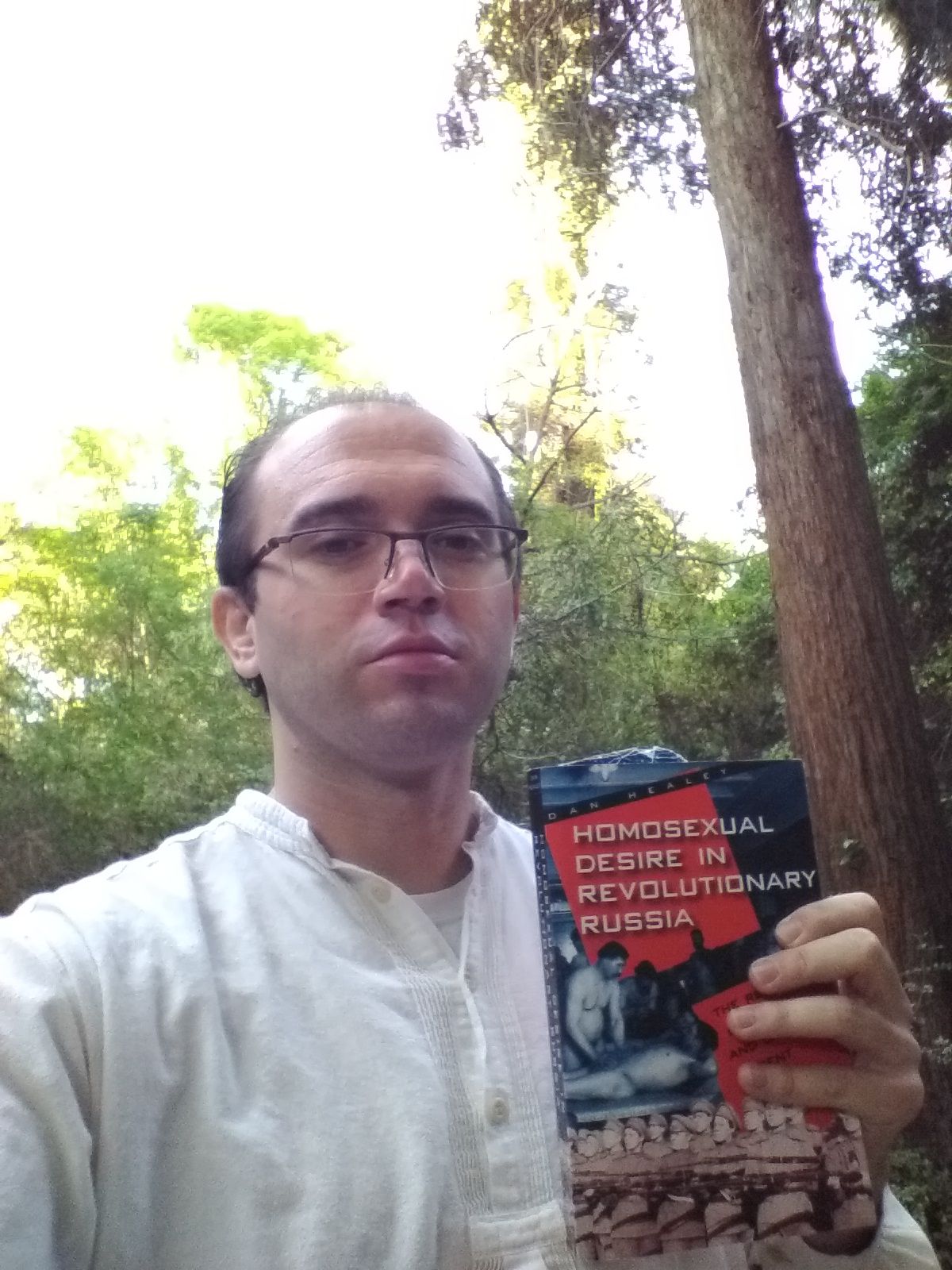COP 15 recently concluded in Montréal, likely leaving many people scratching their heads and thinking: ‘Didn’t COP27 happen just the month before?’ The 15th Conference of the Parties (COP15) to the UN Convention on Biological Diversity (CBD) is perhaps less well-known, and its media coverage less extensive, compared to its sibling. The CBD’s main goals are ‘the conservation of biological diversity, the sustainable use of its components and the fair and equitable sharing of the benefits arising out of the utilization of genetic resources.’ In the latest conference, there were important takeaways from the resulting final document, referred to as the Kunming-Montréal Global biodiversity framework, or GBF. Some of these resolutions, however, should be troubling to anyone concerned with Indigenous sovereignty.
It is important to say right off the bat that some of these recommendations were quite positive. Most notable of these is the section on subsidies, which states that the vast subsidies currently granted to ecologically harmful industries should be reduced by at least five hundred billion US dollars by 2030. Another much feted aspect of the final document was the consistent recognition of the vital role Indigenous peoples and local communities play in conservation, as well as emphasis on Indigenous rights (at least on paper). Most contentious, however, was the headline-grabbing target of 30x30 — that is, the designation of 30 percent of land and sea as protected areas (PAs) by 2030 — whose attractive branding belies a much darker truth.
The 30x30 project has been praised by many conservation organisations and governments in the Global North who insist that it is the most promising way to halt biodiversity loss. In reality, it is a highly controversial and potentially dangerous idea which relies on the oppressive powers of state and capital. Proponents naively assume that state and corporate actors are — when it comes down to it — generally well-meaning and fail to understand that violence and expropriation are inherent in the structures of their political economy. It is therefore highly likely that 30x30, as conceived of by the states and industry partners present at COP 15, would be disastrous for people and the planet.
The concept of 30x30 is relatively new, but with deep roots spanning back to the birth of the conservation movement. The dominant model of conservation in the present day is reliant on the formation of PAs, the logic being that if areas of land can be protected from unwanted human intruders, then biodiversity will thrive. The protected area model draws from a continuing legacy of colonial dispossession and violence against Indigenous people that harks back to the American National Parks movement championed by the ‘conservation president’ Teddy Roosevelt (as well as carrying onward and outward the rapine logic of the land enclosures of the Early Modern period). In addition, the model is premised on the notion that humans are both separate from and naturally inimical to Earth's ecosystems, erasing the history and culture of Indigenous peoples who have not pillaged these natural resources.
PAs generally rely on top-down governance by states, often in partnership with private organisations or NGOs (usually based in the Global North). A highly militarised approach is required to effectively ‘protect’ an area within this framework. Many conservation NGOs, with the help of national governments, train and arm private militias to patrol parks and ostensibly protect the wildlife within. Areas designated for protection are frequently cleared of any prior inhabitants; Indigenous peoples are then kept from returning. This has earned this approach to conservation the name ‘fortress conservation.’ A detailed report by The Guardian outlines how this approach has led to the forced displacement of thousands of people belonging to various Indigenous groups across the world, including the Maasai (Tanzania), Lickan Antay (Chile), Hmong (Thailand), and Baiga (India), in order to make way for the opening of PAs.
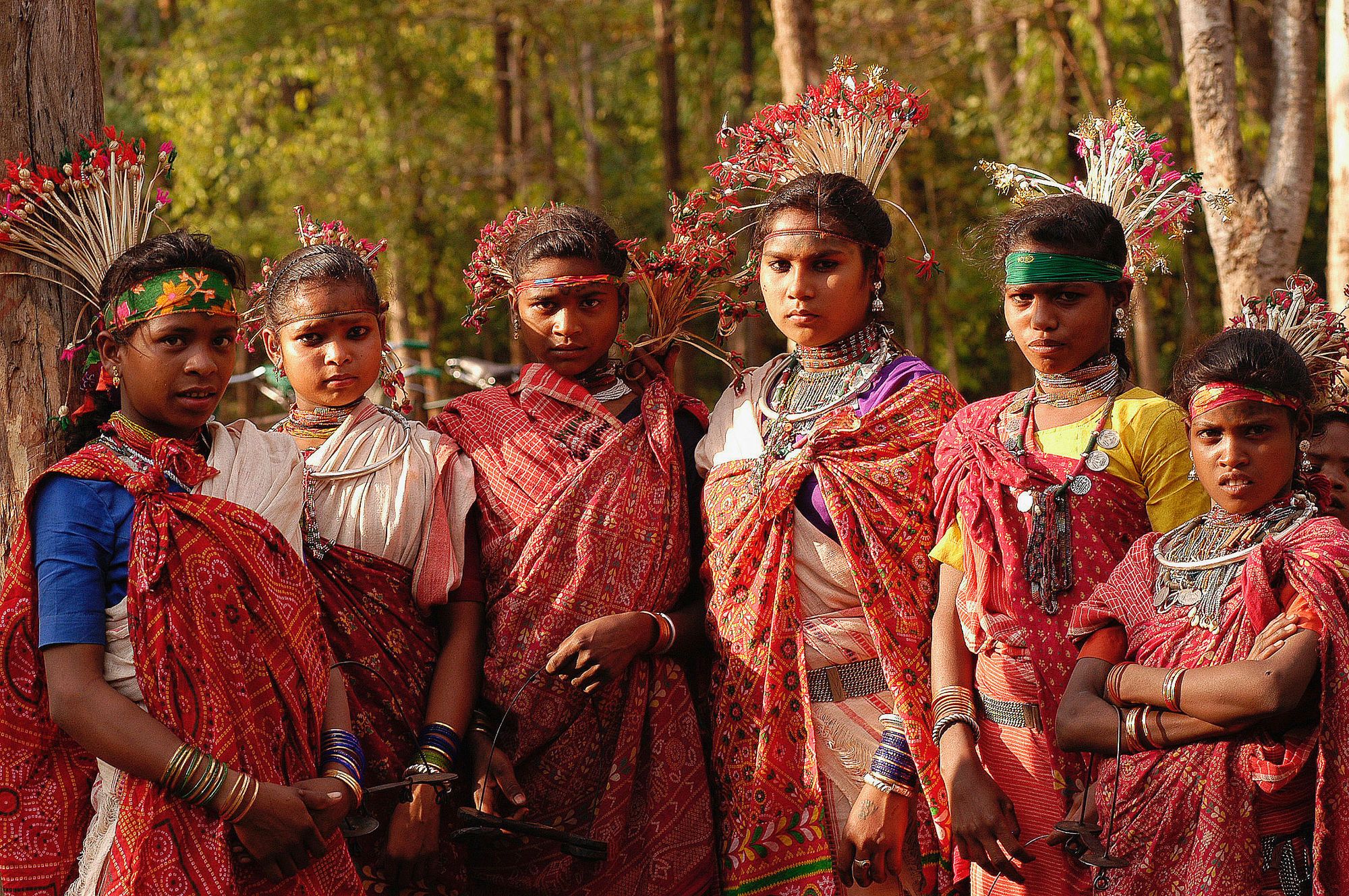
Out from this background comes 30x30, which is basically a less radical version of biologist E. O. Wilson’s Half-Earth Project (where 50 percent of earth would be designated as PAs). According to the narrative of its NGO and government backers, 30x30 enjoys strong scientific support and is the silver bullet to solve the biodiversity crisis. It is, therefore, well-worth investigating the various critiques levelled against 30x30, and the fortress conservation industry at large.
The Indigenous rights charity Survival International has branded 30x30 ‘the new green colonial rule’ and ‘the biggest land grab in history.’ They note how the concept of so-called ‘nature-based solutions’ (NBSs) (e.g., tree planting, carbon credit systems, etc.) — much beloved of the corporate world — has succeeded in allying the conservation industry to corporate capital. Conservation organisations can now profit from NBSs through the selling of carbon credits from their PAs, and polluters also strongly support them because they can pretend to nullify their emissions by trading in these apparently worthless credits, planting trees haphazardly, or — crucially — funding yet more PAs rather than addressing their fossil fuel use or carbon emissions.
PAs and NBSs are the ‘economic mainstay’ of conservation, hence why stakeholders are invested in expanding them — and why critics fear a rapid increase of targets would lead to land grabs of Indigenous peoples’ and local communities’ (IPLC) territories. Survival, along with 248 other Indigenous rights NGOs, anthropologists, and progressive conservationists, signed an open letter in 2021 expressing concerns about plans for 30x30 put forward by the CBD. They wrote:
‘We believe this target is counterproductive and could further entrench an outmoded and unsustainable model of conservation that could dispossess the people least responsible for these crises of their lands and livelihoods.’
And that, despite provisions and on-paper avowals to include a variety of conservation measures:
‘[E]xperience has shown that state-owned, strict protected areas have often remained the default choice in much of the Global South.’
They further included an estimate, based on planned areas for PA designation, that up to three hundred million people could be displaced if 30x30 were implemented. This would be on top of the current fourteen million conservation refugees in Africa alone. Following the COP 15 agreement, Survival once again released a statement claiming the framework had ‘failed biodiversity’ and that it ‘could still fail Indigenous people if, as we’ve seen before, promises to respect the rights of Indigenous people are ignored by the conservation industry, leading to horrific abuses in the name of “nature protection.”’
Predictably, the COP 15 proceedings and fortress conservation foist responsibility for biodiversity loss on the Global South while doing little to address the real root of the problem — which is the mass extraction, production, and consumption generated by, or for, the capitalist heartlands in the Global North. It is much easier and more profitable for states and transnational corporations to maintain business as usual; expanding protected areas and nature-based solutions provide the perfect vehicle for doing so. It is clear that the states and industries involved in fortress conservation and pushing for 30x30 have only an oblique interest in preserving biodiversity — essentially only inasmuch as it can generate revenue now and in the future. This becomes obvious when considering the evidence.
Simon Counsell, a specialist in rights-based conservation and director of the Rainforest Foundation UK, scrutinised the allegedly robust scientific support for 30x30 cited by the Secretariat of the CBD when they put forward their case. He found that out of the meagre eight papers cited, two are exclusively about marine areas, one is not a scientific paper, and the remaining five papers are all by authors who have had long careers working in or on PAs for large international NGOs or the IUCN (two of them are by the same author, the outspoken Half-Earther and former lead scientist at WWF, Eric Dinerstein).
Conversely, there is a wealth of rapidly mounting evidence showing that not only do Indigenous peoples play a vital role in conservation efforts across the globe, but also that they are generally more effective at preserving forests and biodiversity. In fact, biodiversity is often higher in Indigenous or local community managed lands than in protected areas. With 80% of the planet’s biodiversity in Indigenous lands, the significance of supporting secure land tenure for these communities should be the number one priority.
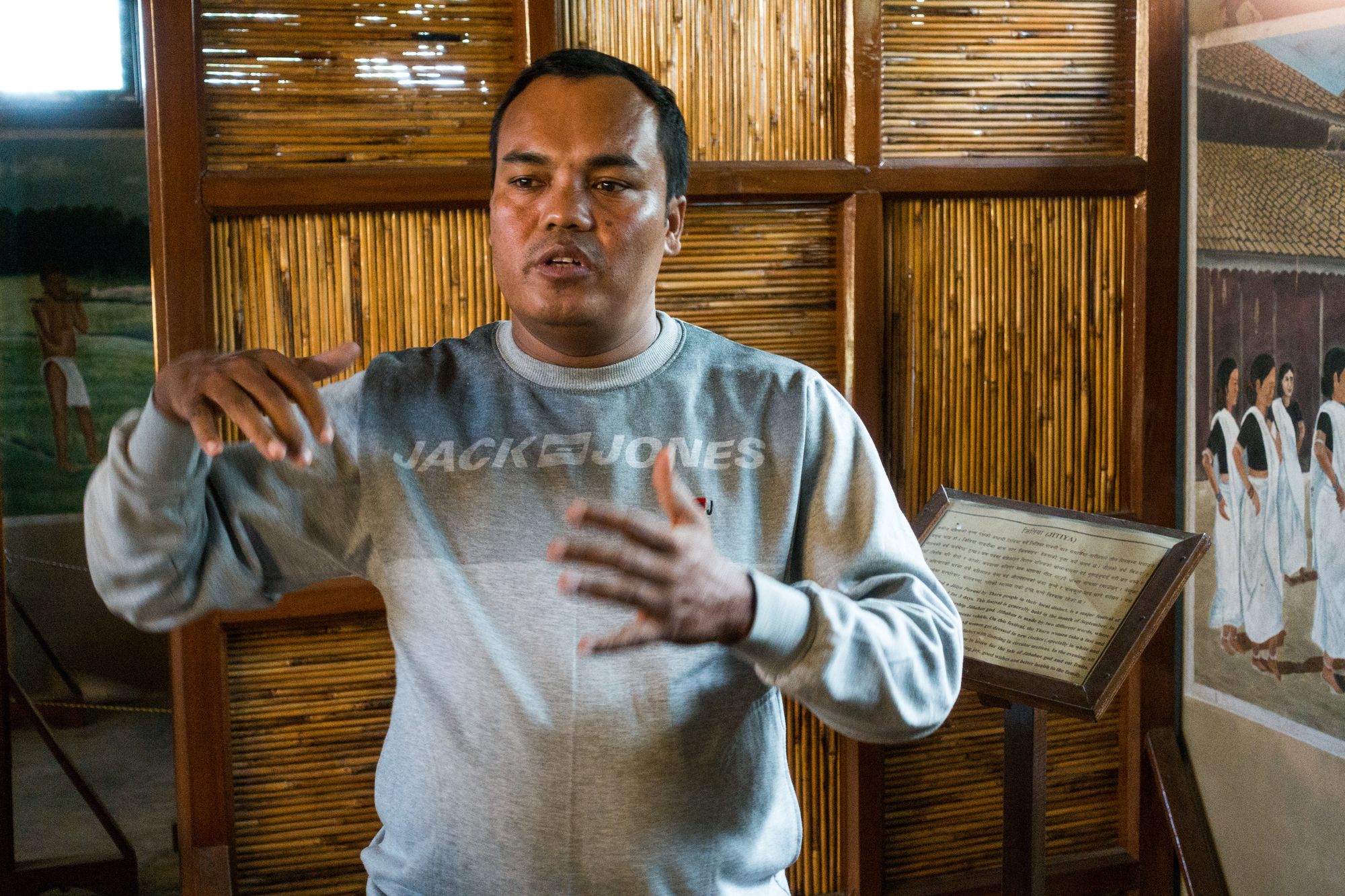
The CBD certainly makes noises to this effect, rhetorically peppering their statements with recognitions of Indigenous lifeways. However, were this truly the case, then the Indigenous Forum on Biodiversity’s call for Indigenous territories to count towards the 30 percent target would not have been rejected by conference delegates (predominantly from the EU). Chris Chapman, Amnesty International’s Adviser on Indigenous Rights, noted in a statement following the conference that ‘states have failed to fully recognize Indigenous peoples’ immense contribution to conserving biodiversity, putting them at greater risk of human rights violations.’ If the primary goal was simply to protect biodiversity rather than set up more lucrative PAs and expand the sphere for NBSs, then including Indigenous territories in the 30% target and ensuring the safety of their territories would be, put bluntly, an absolute no-brainer.
Of course, it is not particularly out of character for Indigenous peoples to be acknowledged in theory but completely overlooked in practice. Following COP 26 in Glasgow, the Indigenous Peoples and Local Communities’ Forest Tenure Pledge committed $1.7 billion in funding forest communities between 2021 and 2025 as ‘greater recognition and rewards for their role as guardians of forests and nature.’ A progress report in 2022 found that ‘only 7% of total funding went directly to organisations led by [Indigenous peoples] or [local communities], while around 50% was channelled via international non-governmental organisations’ (largely headquartered in the West). This shows that the ‘West knows best’ mindset still dominates when it comes to conservation and climate action, despite strong evidence to the contrary.
Ultimately, as Lakpa Nuri Sherpa of the Asia Indigenous Peoples Pact rightly observes, it is difficult to see how the top-down approaches promoted by the big players at COP 15 would work unless those same organisations are able to radically change how they relate to Indigenous peoples and their everyday realities on the ground. While supporters of 30x30 vociferously argue that it will not result in displacement and human rights abuses, the unfolding reality of present-day conservation is one defined by precisely that. Two of the world’s largest and most prestigious conservation organisations — WWF and the Wildlife Conservation Society — are both responsible for perpetrating human rights abuses against Indigenous peoples and local communities who pose commercial threats to existing or planned protected areas. Eco-guards on their payroll are guilty of beating and torturing people, burning their villages, and forcibly evicting them from their homes.
The anthropologist Jerome Lewis, who has worked with the Baka people in Central Africa for decades, notes how the state, international NGOs, and their private militias are complicit in these atrocities. He describes how NGOs use state-armed militias to target tribal peoples in order to meet anti-poaching targets (which they can advertise to international donors). Of course, as Lewis explains, the Baka have lived in these areas for millennia, and it is only with the arrival of development initiatives and conservation NGOs that biodiversity has plummeted and deforestation and illegal poaching runs rife.
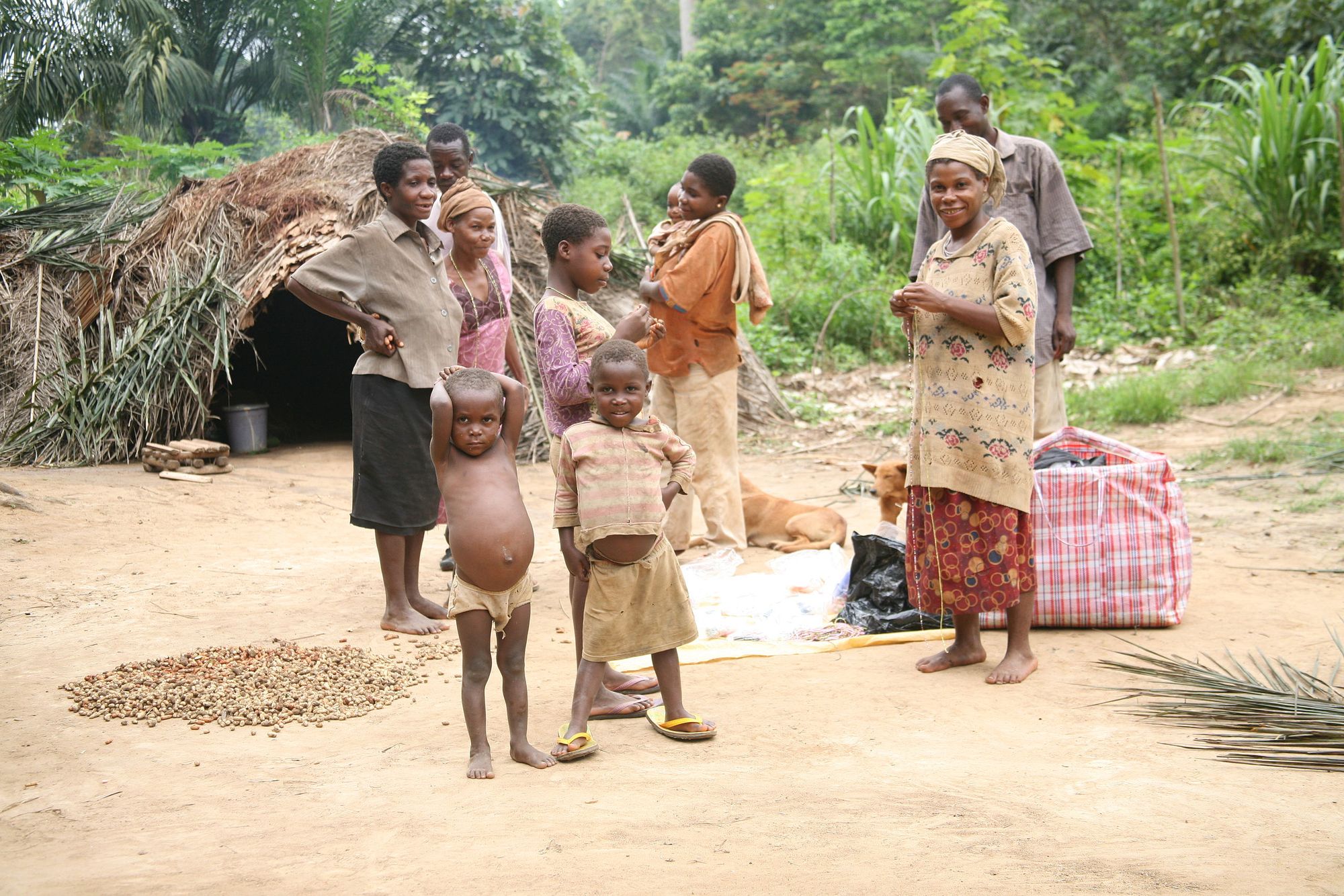
While public assurances were made that the Baka would have safe access to the areas of their territory now castled off in protected areas such as the Messok Dja National Park, WWF has persecuted them violently and criminalised them at every turn. No longer able to pursue traditional lifestyles, Lewis finds that radically egalitarian gatherer-hunters are becoming proletarianised. Many Baka men are obliged to try and make a living in WWF-partnered logging camps only to be paid in illegally distilled alcohol, and the women subjected to sexual violence by outsiders who arrive as the once-teeming forest opens to industry.
These devastating extractive industry concessions are part and parcel of the fortress conservation model (a phenomenon known in academic circles as the ‘extraction-conservation nexus’) and it is not uncommon for resource extraction to take place directly adjacent or even inside protected areas under the auspices of their NGO and state partners. In fact, EU nations brazenly attempted to water down the COP 15 GBF agreement so that extractive industries would be openly allowed access to new and existing protected areas. While Indigenous peoples and local communities suffer, NGOs and governments profit handsomely and launder their reputations. What’s more, they conspire to further increase their profits under the guise of a just cause. Notwithstanding the vital role IPLCs play in conservation action, this is something which should not, and cannot, be tolerated.
Given the evidence of displacement, violence, extraction, and general duplicity on show, it is abundantly clear that the claims made by the CBD at COP 15 cannot be trusted in the slightest. The state itself has long played a role in violating the rights of IPLCs in the name of environmental protection or conservation. Any state-backed projects implemented from the top-down will almost certainly involve more oppression, violence, and criminalisation of any who stand in the way. In fact, the very character of the state — with its political centralisation, claim to absolute legitimacy, and service to the ruling class — means it is fundamentally incapable of generating the granular, pluralistic approach required to ensure IPLCs can preserve their autonomy and be effective conservation partners.
The systems of knowledge and experience of many IPLCs are often predicated on deep physical and spiritual entanglement with the land in ways that are far more diverse, complex, and nuanced than typical portraits of the ‘noble ecological savage’ suggest. As such, they are incompatible with the capitalist approach of the CBD and their ilk who view the world as a series of assets, ‘natural capital,’ and ‘ecosystem services.”’ The latter is a paradigm which Adrienne Buller effectively illustrates in her book The Value of a Whale, so titled because in 2019 the IMF calculated the value of a whale at two million US dollars (one trillion US dollars for the entire species) based on its estimated ecotourism and carbon-sequestration potential. As Buller explains: ‘Prices, markets and clever financial products are guiding much of the global response to the ecological crisis.’
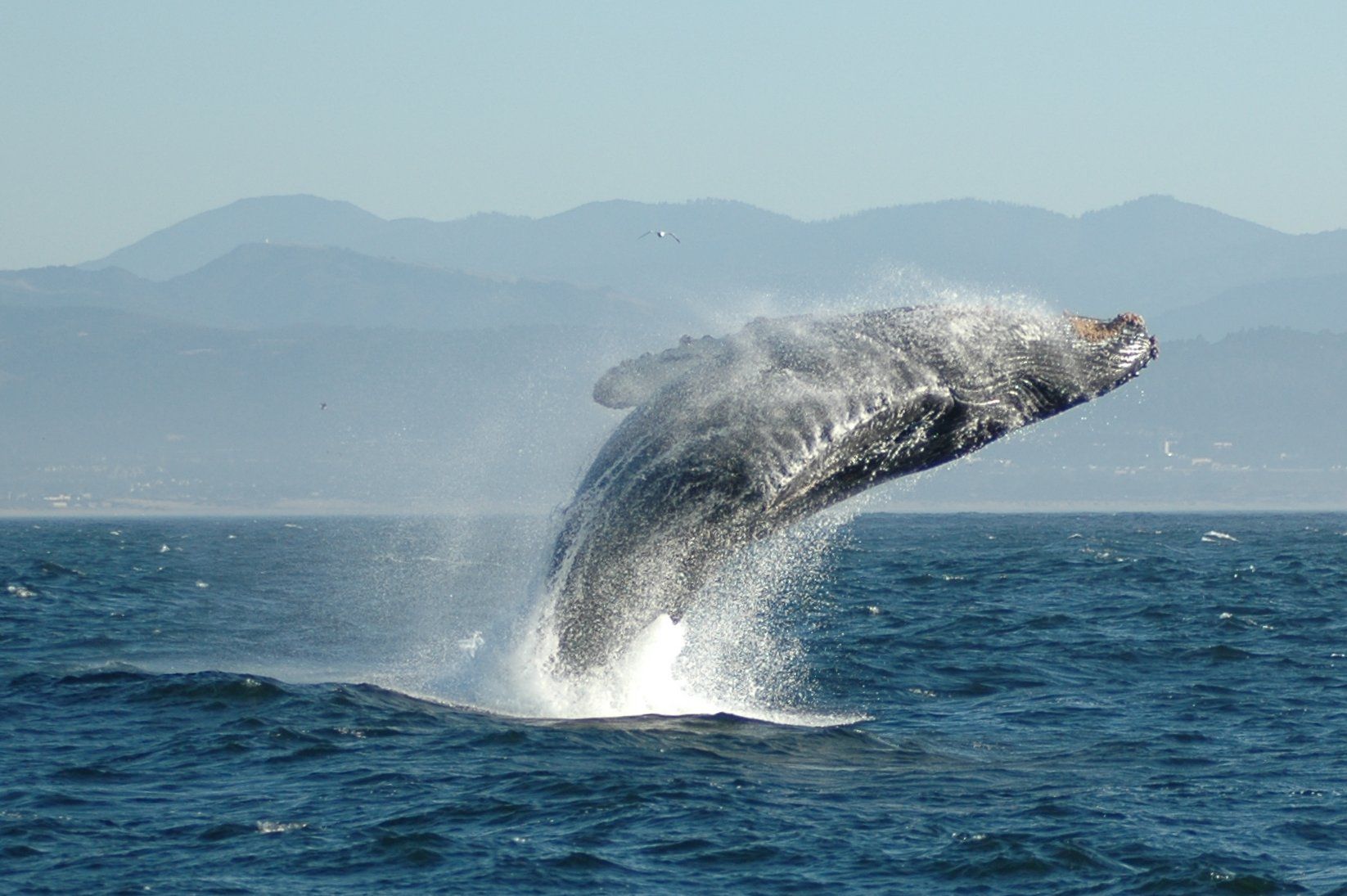
One has to wonder exactly where the Indigenous peoples and local communities on the frontline of the crisis fit into such a value-driven framework. It is estimated there could be up to 1.2 billion climate refugees by 2050, with the UN forecasting that water shortages (known to increase the chance of conflict and displacement) will affect five billion people by the same year. The point is not to further instil fear and panic in readers, as the dire facts are by now well-known by any who take interest. The significance lies in the fact that if the ecological crisis is set to cause further displacement and conflict in already highly volatile areas, then interested parties in the Global North will likely seize on these opportunities to justify an increasingly militarised and exclusionary form of conservation (with the tacit goal of protecting any ‘natural assets’ at risk). This will undoubtedly lead to yet more bloodshed as, in order to meet protection targets, more land is claimed and enclosed and any local inhabitants are thrown out and kept out. (It is important to note once more that this is not speculative fiction; it is already happening.) At worst, Indigenous peoples — particularly tribal forest groups in areas of high biodiversity — risk the destruction of their autonomy and livelihoods in horrifying ways. We have seen how this problem has manifested in Central Africa and elsewhere.
However, with capitalism’s historic ability to commodify virtually everything, one can equally imagine a dark future where ‘the value of a whale’ becomes the ‘the value of a “tribe.”’ In this reality, IPLC stewards of biodiversity would get drawn into the market logic of financialised conservation as traditional knowledge systems and unique and complex ways of seeing, and being in, the world and find themselves reduced to abstract calculations. Like whales, whole communities would be assigned values based on their potential to attract ecotourism and provide services. The implication being: who gets to decide the value of a whale, or the value of a person, or an entire people? Should anyone? And what happens when it is decided by some IMF hacks in Washington, DC, that a value is negligible? Equally, what happens to communities deemed ‘valuable’ — are they allowed to reside in and around protected areas, perhaps in exchange for contribution to tourism and ‘cultural’ displays? The history of Indigenous peoples and tourism is already long and bleak, defined by expropriation and exploitation (‘reducing indigenous [sic] peoples to simply another consumer product’). To be clear, then: under no circumstances should a value be ascribed to any living being, much less should it be decided by another person or organisation.
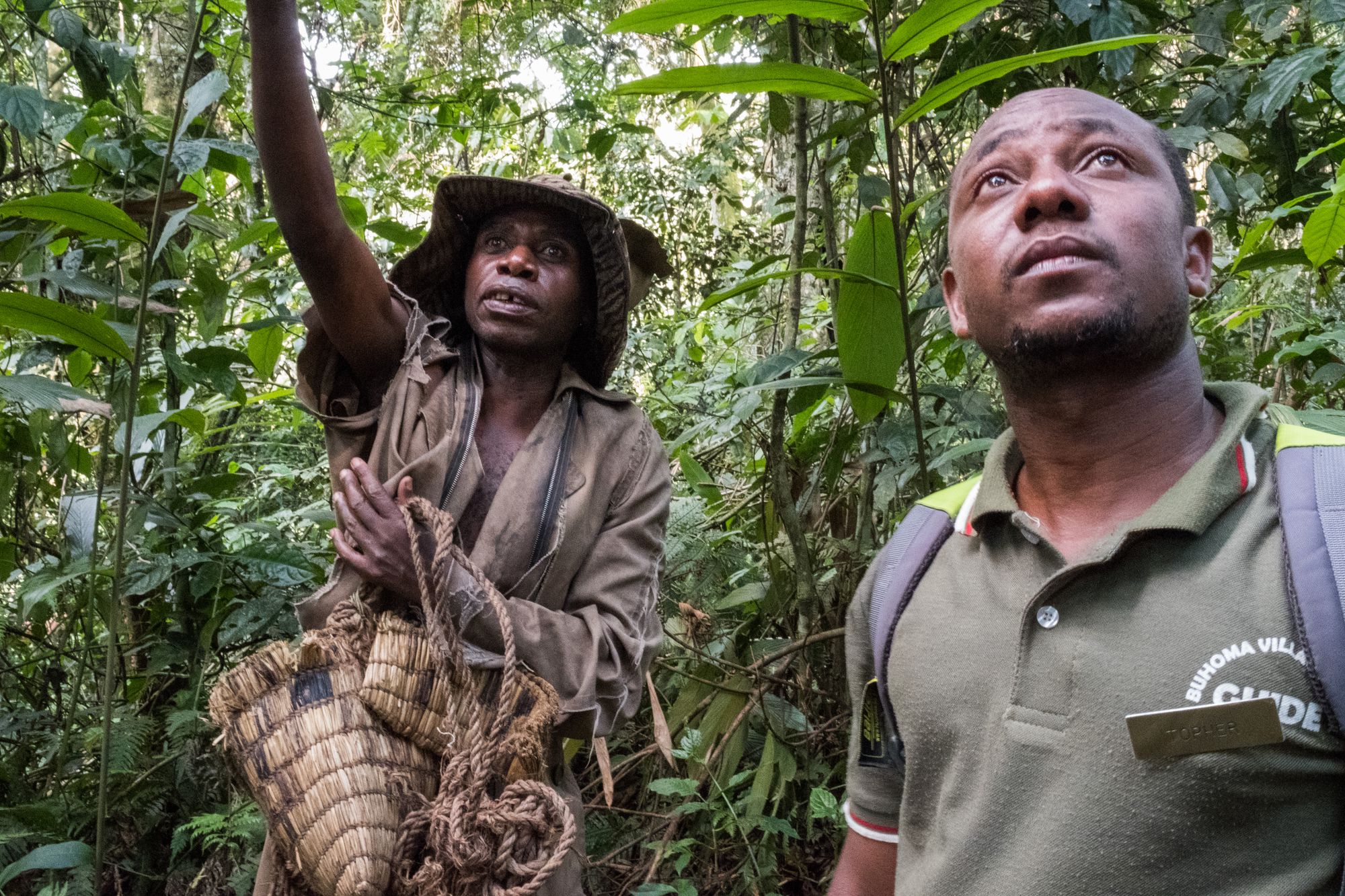
Despite the praise the Kunming-Montréal global biodiversity framework has garnered, it must be understood that a financialised, market-oriented approach will inevitably abuse and eventually destroy the very things which make these communities such effective stewards of biodiversity in the first place. The key thing conservationists must always keep in mind is that ‘there can be no biodiversity without human diversity.’ As such, the autonomy of Indigenous peoples and local communities anywhere in the world must be supported, even if it is merely as an active negation of forces, like the CBD and colonial conservation, which threaten it. However, Indigenous sovereignty should not be thought of in an abstract, coldly utilitarian way which sees IPLCs as a useful tool in a time of crisis. Nor should it be considered simply from the basic albeit not erroneous Liberal view that these communities are made up of people who have as much a right to free, fulfilling lives in their homes as everyone else. Instead, it should be made in recognition of a global network of comradeship and solidarity that sees the struggles of oppressed peoples everywhere as co-constituted on some level — and that commonly desires a world free from the toxic, and toxifying, economic, social, and ecological relations of capitalism.
Ultimately, the <5 percent of the world’s population safeguarding 80 percent of the planet’s biodiversity, spread across ninety countries, making up five thousand different peoples and speaking four thousand languages, represent a last line of defence against the totalising, destructive logic of neoliberal capitalism and the ecological crisis it has wrought. These communities are living reminders that it is possible to relate to the world in so many different ways, that there is — there are — alternatives to marketised, hyper-individualised life under neoliberal capitalism, and that it is the deep plurality of humanity which makes it beautiful. The choice is simple: we can struggle for, and cherish, the Human in all its best iterations, and thereby see all life flourish. Or we can take the cynical route of markets, money, and disavowed genocidal violence paved by each successively ineffective COP and watch life’s diversity vanish — and the beauty of the world with it.
Cover Image: The opening press conference of COP 15, which concluded with the widely praised albeit controversial Kunming-Montréal Global biodiversity framework. Credit: UN Biodiversity, CC BY 2.0.
Special thanks to our patrons, who make everything we do possible:
Mr Jake P Walker, Aryeh Calvin, Meghan Morales, Kimonoko, Joshua Akapo, Diana Rahim, Chaotic Capybara, Christian Kennedy, Cy.Maggran, Bogdan Ovodiu Gheorghiu, La Val, Paul Treadwell, Alex Paterson, Loke, and Barry.
If you would like to support us and help us grow, consider becoming a Patron:




